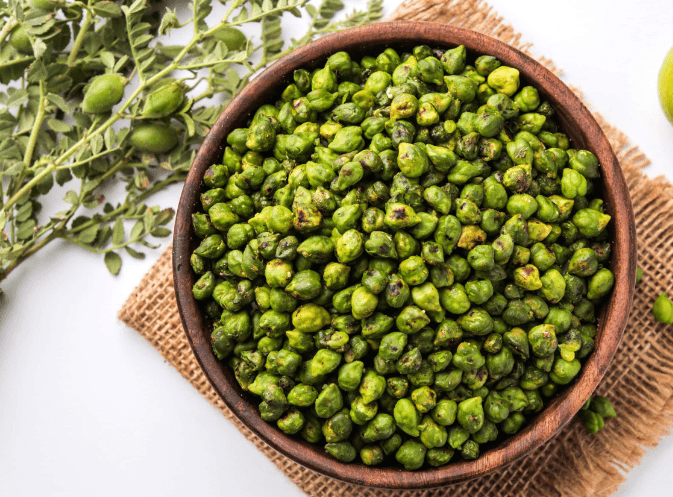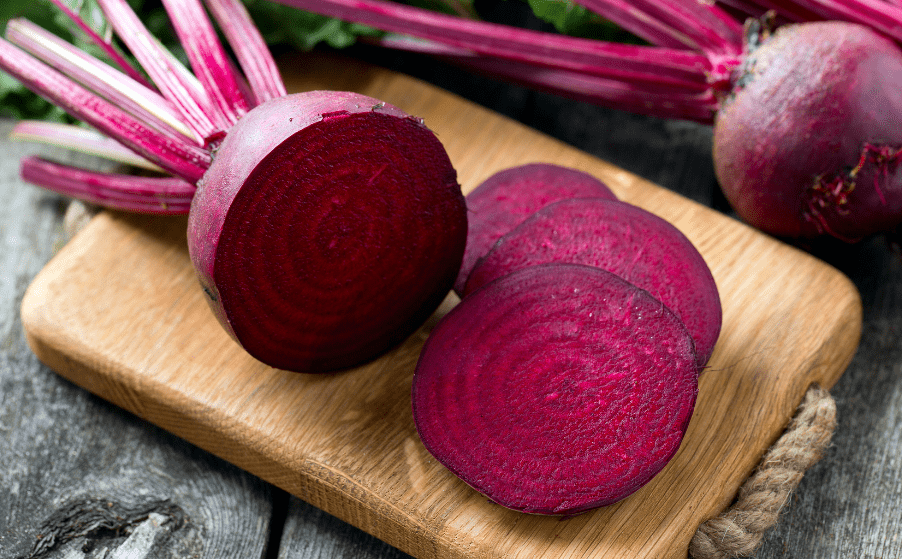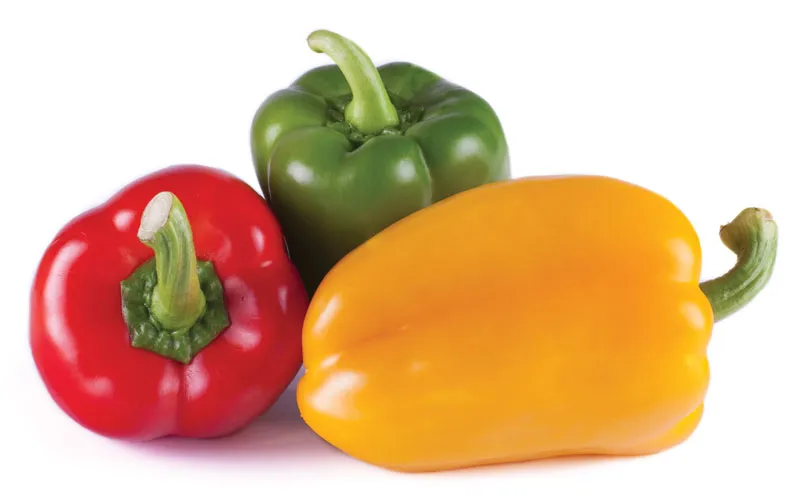
Description
The two-foot-tall, bushy plants with fluffy pinnately complex leaves. The tiny white or reddish flowers are typically self-pollinated and have unique blue or purple veins. One or two yellow-brown or dark green beans are produced per pod. There are variations with big seeds and little seeds.
Varieties
Kabuli and Desi chickpeas are the two main varieties.
Kabuli plants are often taller than Desi and produce small to large-seeded chickpeas. White to cream-colored seed coatings and white blooms are characteristics of Kabuli chickpeas.
Desi chickpeas are tiny and have a seed coat that is colored tan or brown. Desi chickpeas develop a week or two earlier than Kabuli chickpeas and have purple flowers.

Uses
The Middle East consumes hummus (or hummous), which is made of chickpeas that have been blended into a paste with tahini (sesame paste), lemon juice, and olive oil. Falafel is a common Middle Eastern dish made from mashed cooked chickpeas that are shaped into little flat cakes or balls and fried. In soups, salads, and stews throughout southern Europe and Latin America, chickpeas are frequently used as a filler. Chickpeas can also be used to make a flatbread called socca or a type of meal or flour that can be used with wheat or other flours for baking.
Nutrition
Cooked chickpeas have 686 kJ in a 100-g reference serving. According to a table, cooked chickpeas contain 60% water, 9% protein, 27% carbohydrates, and 3% fat. Unsaturated fatty acids make up 75% of the fat composition, with linoleic acid making up 43% of the total fat.
Cultivation
A loamy, well-drained soil that is devoid of acidic or heavy clays. Germination requires a lot of water, but is also vulnerable to water logging. Warm climate; flowering susceptible to temperatures between 15 and 35 degrees Celsius. Sunny, aerated location.
Table





